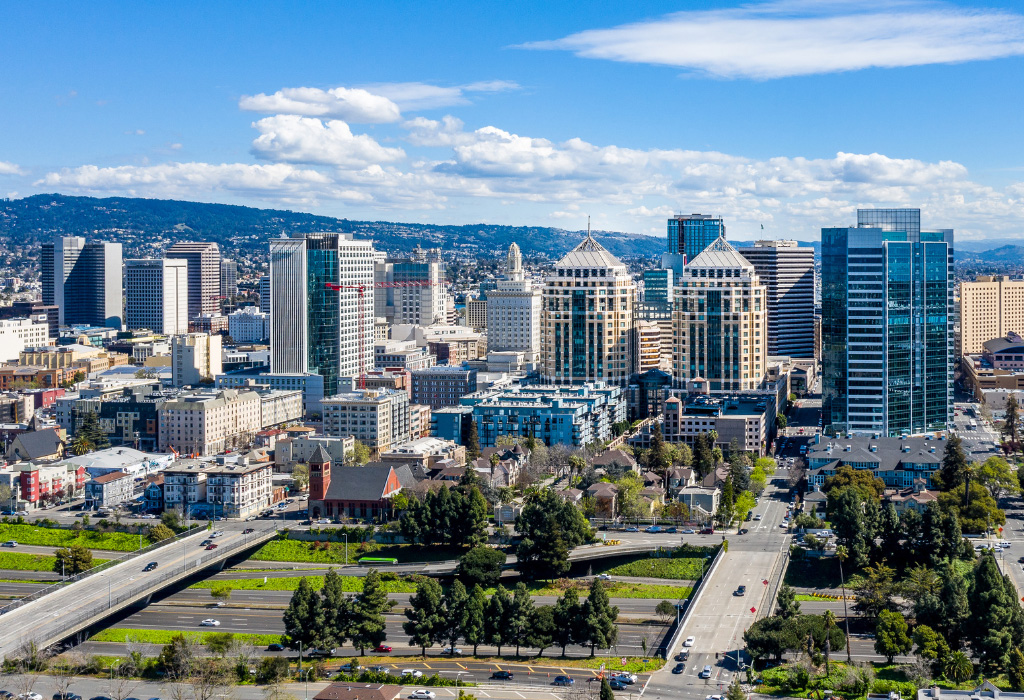
For Immediate Release July 8, 2024
Media Contact:
Robin Tung, Building Decarbonization Coalition
robin@buildingdecarb.org
New state report finds that neighborhood-scale building decarbonization saves ratepayers money
A new report from the California Energy Commission shows that targeted electrification paired with strategic gas decommissioning benefits ratepayers and communities while aligning with the state’s climate targets.
(SACRAMENTO, CA) – The California Energy Commission (CEC) has released “An Analytical Framework for Targeted Electrification and Strategic Gas Decommissioning,” which finds that neighborhood-scale building decarbonization, a large-scale strategy that can transition homes, small businesses, and community buildings from gas infrastructure to clean energy can save utility customers money, promote energy equity, and meet the energy needs of local communities while helping the state achieve its climate targets. Neighborhood decarbonization retires sections of aging gas pipelines in need of expensive repair and redirects the investment to upgrading homes and buildings to be powered by clean electricity and zero-emission appliances.
“Strategic gas system decommissioning and building electrification are key components of the cost-effective path to carbon neutrality,” said Jonah Steinbuck, Director of the Research and Development Division at the California Energy Commission. “The framework developed by E3 is a valuable tool to assess specific sites for decommissioning and helps inform the broader planning needed to advance an equitable gas transition.”
California’s goal of reaching net zero carbon pollution by 2045 means that the state will have to reduce emissions in the building sector. Homes and buildings in California generate about 25% of the state’s total greenhouse gas emissions, more than any other sector aside from transportation. As more households transition to zero-emission appliances and away from the use of fossil fuels to power their homes, the costs of the gas system will be spread over fewer gas ratepayers. This will lead to sharp increases in gas ratepayer bills, with estimates from the CEC that gas bills could reach as high as $600 per month by 2050 without intervention.
As a result, those gas customers who are the last to remain on the gas system could be left to pay increasingly expensive bills. “Low-income homeowners who cannot afford electric alternatives, and renters who cannot elect these alternatives, are particularly vulnerable to gas-rate increases,” states the report.
A well-managed transition pairing targeted electrification with decommissioning of gas pipelines is critical for reducing future gas spending and stabilizing energy rates for Californians. By redirecting spending for gas pipelines towards clean energy, each impacted gas utility customer can save approximately $32,000 in 2024 alone, and as much as $20 billion in the next decade for all ratepayers, according to a new analysis by E3 for the Natural Resources Defense Council.
“We thank the California Energy Commission for developing this timely framework. Neighborhood-scale building decarbonization is strategic and cost-effective, and can create long-term energy affordability for low-income and working-class Californians,” said Jose Torres, California Director at the Building Decarbonization Coalition. “This large-scale approach is the next step for the state in meeting its heat pump targets and climate goals, and the Building Decarbonization Coalition and partners are working on SB 1221 and AB 593 to pilot this solution and develop a master plan for clean buildings. ”
The report points out a need for a clear plan to address challenges to implementing neighborhood decarbonization: “The California Legislature, state agencies, and utilities collectively need to take action to address key issues like the time horizon for gas system planning, the historic obligation to serve, project funding, and how best to prioritize equity during this transition.” While most gas replacements are planned three to four years ahead, advanced planning at least a decade before is needed. In addition, ample funding is critical for electrification to reduce the costs for household electrification, and planning tools for utilities are needed for potential site identification.
Two bills being considered by the California Legislature can help support the state in creating a long-term plan for and managing its transition to clean energy. AB 593 (Haney) will help California develop its first master plan to decarbonize buildings and cut climate emissions by aligning policymaking, agencies, funding, and programs. SB 1221 (Min) will help California regulators and utilities make responsible utility investments and open the door to piloting zero emission alternatives like neighborhood decarbonization in a way that aligns with the state’s affordability, air quality, and climate targets. The bills are eligible to be heard in Senate and Assembly Appropriations Committees, respectively, in August.
# # #
The Building Decarbonization Coalition (BDC) aligns critical stakeholders on a path to transform the nation’s buildings through clean energy, using policy, research, market development, and public engagement. The BDC and its members are charting the course to eliminate fossil fuels in buildings to improve people’s health, cut climate and air pollution, prioritize high road jobs, and ensure that our communities are more resilient to the impacts of climate change. Learn more at www.buildingdecarb.org.
